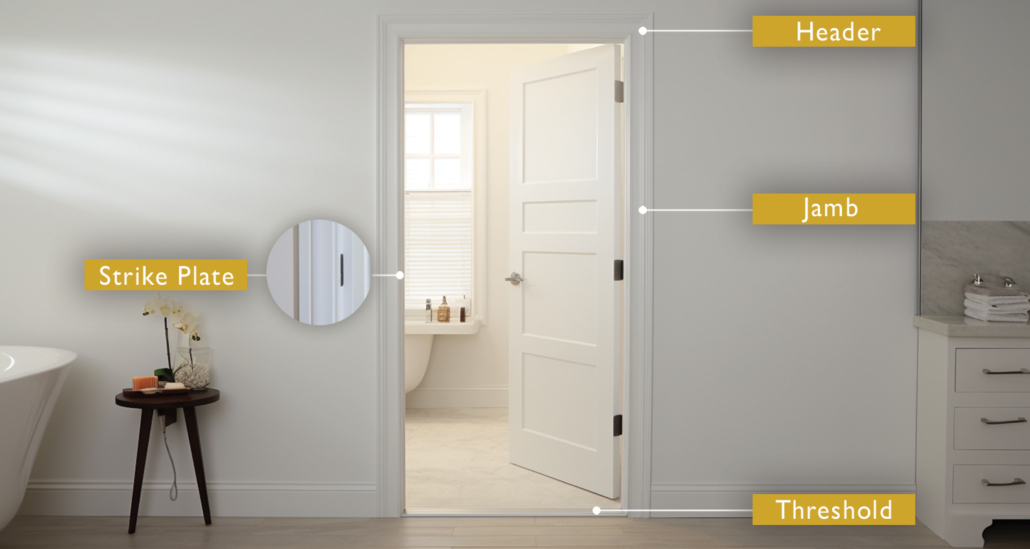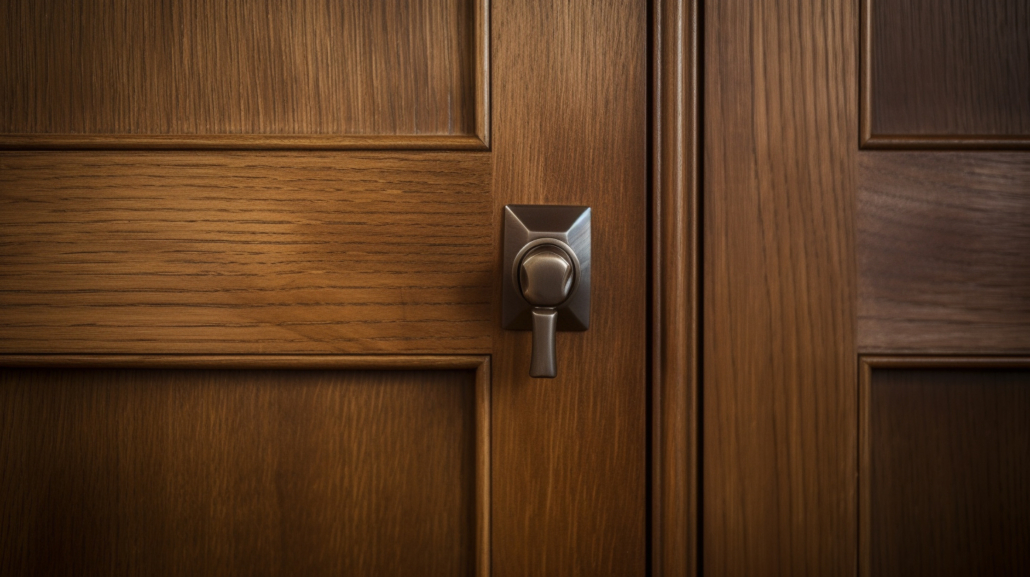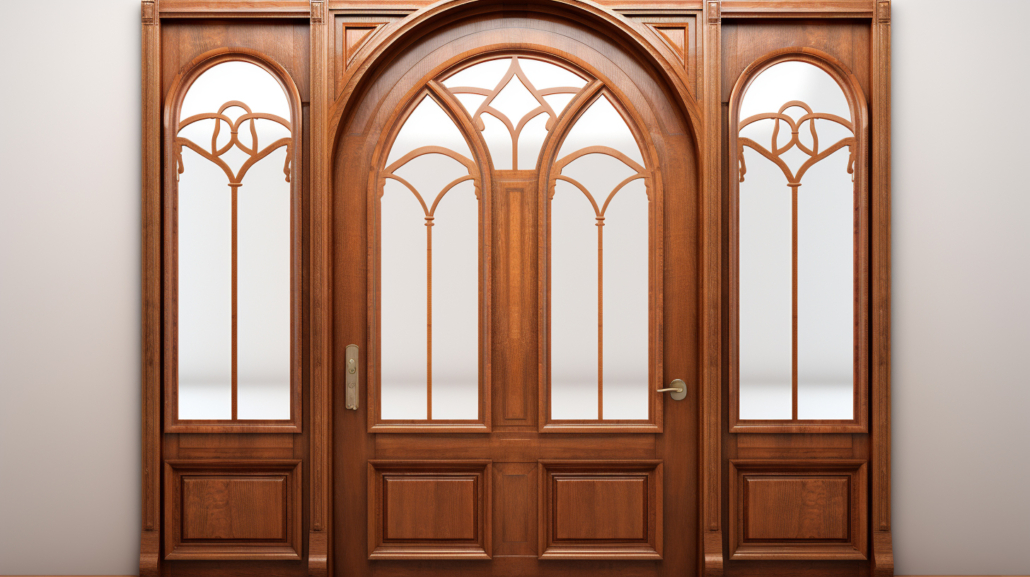Know What’s What – An Insider Look at the Parts of Interior Doors
A little bit of know-how can go a long way. If you’re a DIY enthusiast interested in doing your own door design, or just curious about the different parts of interior doors, we’ve got a treat for you. Here we’ll break down all the different parts that make up your doors.
See How Parts of a Door Come Together
Rather than just read about it, why not watch all the parts come together to make a new door? We’ll walk you through how our custom doors are made. Get an insider look as the different parts of the door are crafted and how they come together.
Breaking Down the Parts of Interior Doors
Interior doors are more than just a decorative element of your home – they’re important for energy efficiency and not to mention a sense of peace and privacy. That said, they also define a lot of the character of your property. Knowing the different parts of an interior door can help you define just what style is right for you.
The main part of a door is the panel or panels framed by stiles and rails, but there’s more to them than just that. Below we’ll describe each part of the door and their function.
Panel
This is also referred to as the slab. It’s the largest part of the door but is often divided into smaller panels depending on the style of the door and framed by stiles, rails and mullions. Depending on the type of door, your door panels may be made of wood or glass with a special glazing on it for added privacy.
Door Rail
Door rails are the horizontal sections of the door that frame the panels at the top of the door and the bottom of the door, and every section across in between. The lock rail is the section that sits level with the height of the lock. Any other piece between the top rail and bottom rail is called an intermediate rail.
Stiles
These are the vertical parts framing the panels on the outer edge of the door. A lock stile is the edge that, depending on the style of the door, contains the locking mechanism. This part of the door will be on the opposite edge of the hinge (that edge, by the way, is called the hinge stile).
Door Frame
The door frame is – of course – the component in your wall, surrounding your door. Seems simple, but there are actually a few components to them.

Header/ Head Jamb
This is the vertical component of your door frame that includes a door stop at its lower edge to catch the door.
Threshold
This is the area located at the bottom of your door that closes the gap between the bottom rail of the door and the floor. For exterior doors, typically there is some kind of weatherstripping, door sweep or door sill here to help with insulation. Interior thresholds still play an important part beyond just creating a smooth transition for your entryway – they help mute sounds, and keep dust and odor from leaking from room to room.
Door Jamb
These are the vertical sections of the door frame. This is where the door hinges connect, and play an important role in any latches or locking mechanisms attached to your door.
Strike Plate
This is typically made of metal and looks like a faceplate, but it is not just a decorative element. It fits in the bore hole for the locking mechanism and helps secure the lock bolt.
Lockset

Lock sets are a piece of door hardware that – as you may have guessed – lock or latch the door. While locks are more common on front doors or exterior doors, rooms that need privacy will also have interior doors with a locking mechanism installed.
There are a few types of locksets, but the two most common are mortise and cylindrical locks. Mortise locks are enclosed in a box in a rectangular hole carved into the edge of the door. A mortise lock is extremely secure, and usually used on exterior doors that need extra protection. Cylindrical locks usually go in a circular bore hole. The deadbolt is typically moved by a key that inserts in a door knob. These are usually used for residential front doors.
For interior doors, most use lever door handle locks. These have a mechanism in the metal plate that houses the door knob. Some also opt for a simple door latch in place of an interior lockset.
Sidelights

Sidelights are a decorative element of door design. They are made of panels of wood and glass that sit on either side of the door. Typically these are usually a component of exterior doors, but some interior designers use them inside the house as well.
Transom
Like sidelights, this is a decorative element typically found on exterior doors, but also sometimes used in interior door design. A transom is a section of glass above the door frame that allows light to stream from room to room.
Find Your Style of Door at Baird Brothers
There’s more to the parts of interior doors and door styles than most people would imagine. From sliding barn double doors, to french doors – there’s plenty of designs for homeowners to choose from that could change the whole character of their home. If you’re ready to get custom doors that add a little extra touch of your personal style to your home, then we here at Baird Brothers can help. Check out our online store or contact one of our expert sales associates to make your dream doors a reality.



